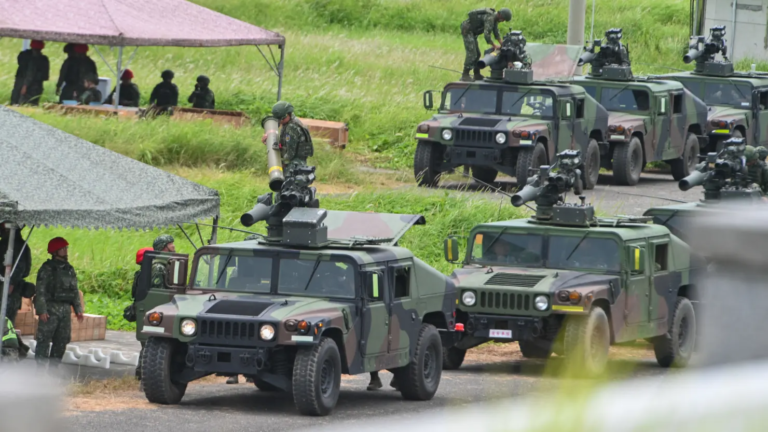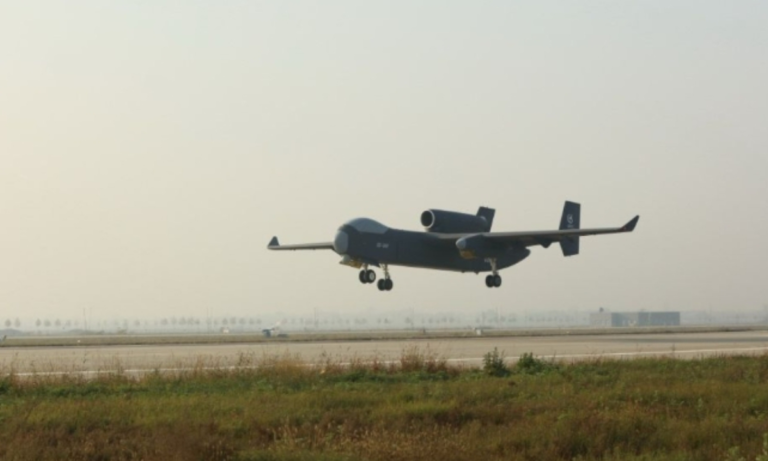
Philippine Army Soldiers from C Battery 9th Field Artillery Battalion and U.S. Army Soldiers from 2nd Battalion, 11th Field Artillery Regiment, 25th Infantry Division, conducted artillery live-fire training during Salaknib 25 in Luar, Philippines, April 1, 2025.
Strengthening Alliances: Philippine and U.S. Armies Conduct Artillery Live-Fire Training During Salaknib 25
Fort Magsaysay, Philippines – In a demonstration of strengthened military cooperation, Philippine Army (PA) and U.S. Army forces conducted joint artillery live-fire exercises as part of Exercise Salaknib 25, reinforcing interoperability and combat readiness between the two allied forces.
The training, held at Fort Magsaysay in Nueva Ecija, featured the coordinated deployment of M777 Howitzers and 105mm towed artillery systems, with troops from both armies executing precision fire missions. The drills emphasized joint command procedures, target acquisition, and fire support coordination—critical components in modern warfare.
Key Highlights of the Exercise:
- Enhanced Interoperability: Philippine and U.S. artillery units refined their ability to operate seamlessly in combined operations.
- Live-Fire Proficiency: Participants conducted day and night firing drills, testing accuracy and responsiveness under varied conditions.
- Strategic Messaging: The exercise underscores the enduring U.S.-Philippine alliance amid regional security challenges.
Exercise Salaknib, an annual bilateral training event, is part of the larger Balikatan exercises and aligns with the U.S.-Philippine Mutual Defense Treaty. This year’s iteration focuses on high-intensity warfare readiness, territorial defense, and countering emerging threats.
Quotes:
- “This live-fire exercise sharpens our combined capabilities and ensures we are prepared to respond to any contingency.” – Philippine Army Spokesperson.
- “Our partnership with the Philippine Army remains vital to a free and open Indo-Pacific.” – U.S. Army Exercise Director.
The drills come amid growing regional tensions, highlighting the allies’ commitment to a rules-based international order. Future phases of Salaknib 25 will include amphibious operations and cyber defense training.
Army artillery live-fire training involves firing artillery weapons under controlled conditions to prepare soldiers for real world scenarios. The training includes using various artillery systems, such as howitzers and mortars, and focuses on key aspects such as targeting, coordination, and safety procedures.
U.S. Army Staff Sgt. Roedaneyel Baluyut, a canon crew member with the 2nd Battalion, 11th Field Artillery Regiment, participated in the training, honing his skills and operational readiness.
“Training here is different from training in the United States,” said Baluyut. “Right now, we are in an unknown terrain, especially for us. The Philippine Army has helped us out a lot, providing valuable knowledge on terrain, weather, and local conditions.”
Interoperability between the Philippine and U.S. armies in the realm of field artillery is a critical aspect of their military cooperation. This collaboration enhances both countries’ defense capabilities and fosters enhanced U.S.-Philippine partnerships.
“The coolest thing that I’ve learned from our Philippine counterparts is how similar they operate compared to us,” said Pfc. Dennis Vastaneda, fire control specialist of the 2nd Battalion, 11th Field Artillery Regiment. “Both nations engage in bilateral training exercises, allowing artillery units from each army to practice interoperability and coordination.”
In both the Philippine and U.S. armies, field artillery plays a critical role in providing fire support to infantry and armored units. Artillery suppresses enemy positions, provides covering fire, and enhances the overall effectiveness of ground operations.
“Partnering with allied nations is a great experience,” said Baluyut. “We learn how they operate and vice versa, what we learn from them, we’ve been working on applying for us to be more efficient, accurate, and always ready.”
Salaknib 25 is an annual exercise between the Armed Forces of the Philippines and the U.S. military designed to strengthen bilateral interoperability, capabilities, trust, and cooperation, which have been built over decades of shared experiences.





